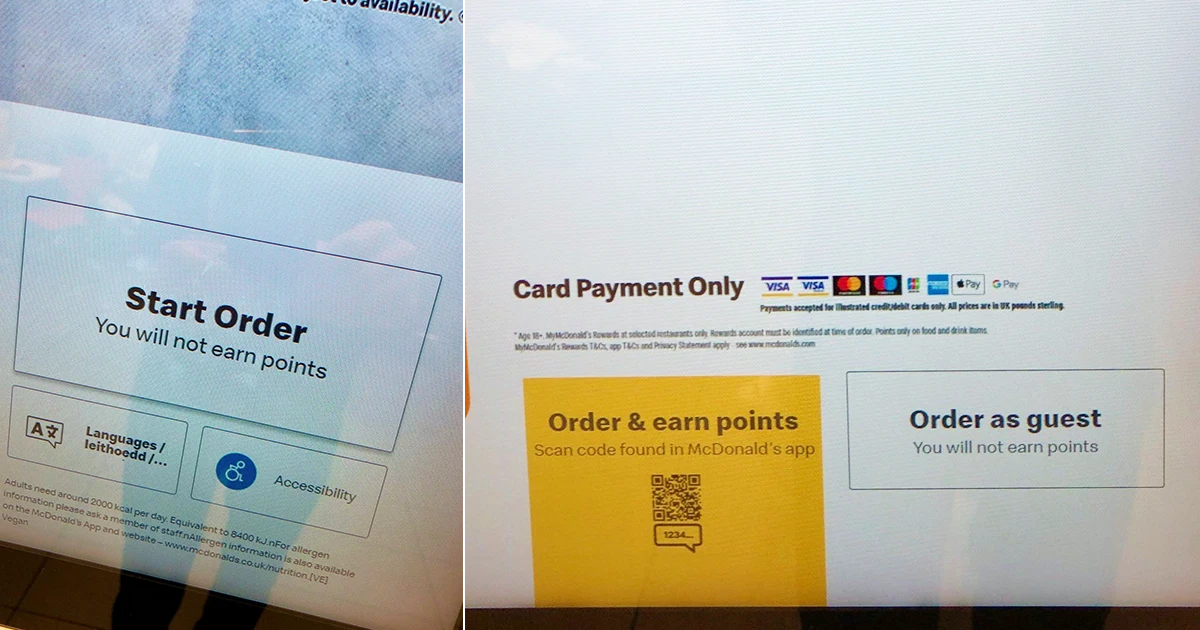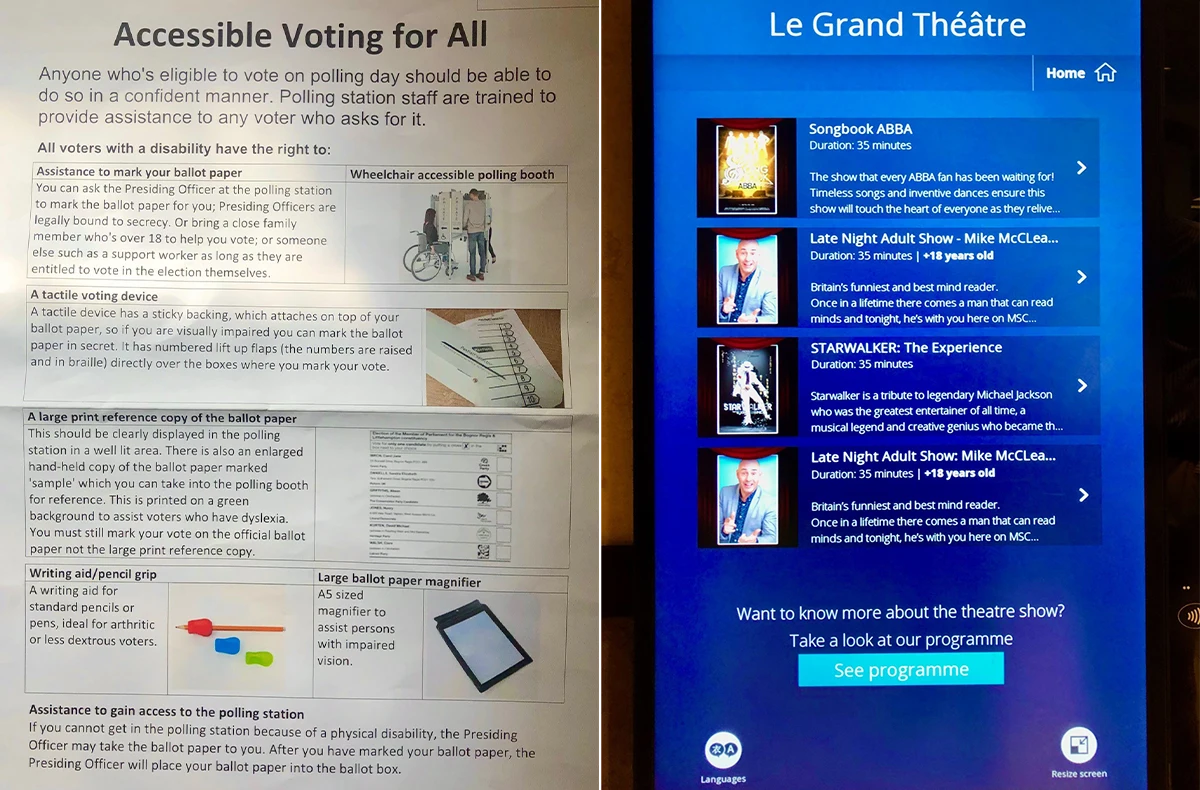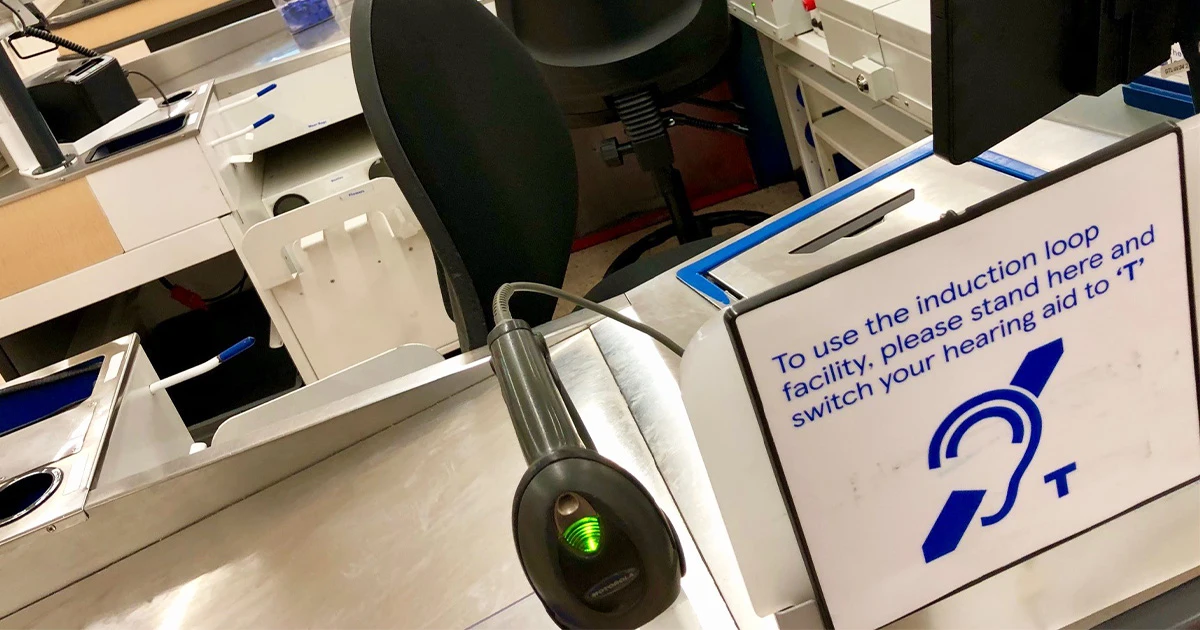European Accessibility Act: Promoting Inclusive Customer Experiences
Overseas Manager / Consultant Hirano BrownWhilst in Europe on a recent business trip to the Netherlands and the UK, I was reminded of the European Accessibility Act 2025 (EAA). In force from June 28 next year, the EAA is a legislative framework adopted by the European Union which aims to provide equitable access to a wide variety of online and digital services and products, including websites, e-commerce, e-banking, e-books, ticketing systems, and ATMs. The directive is based on an accessibility commitment made by the EU and all Member States upon ratifying the United Nations Convention on the Rights of Persons with Disabilities.
So, what products and services are covered by the Act? As mentioned above, digital technologies, which are increasingly important for communication and socio-economic participation, are the focus of the EAA. According to the European Commission’s European Accessibility Act: Q&A page, the Act covers the following products and services:
Products
- Computers and operating systems
- Smartphones and other communication devices
- TV equipment related to digital television services
- ATMs and payment terminals (e.g., card payment machines in supermarkets)
- E-readers
- Ticketing and check-in machines
Services
- Phone services
- Banking services
- E-commerce
- Websites, mobile services, electronic tickets and all sources of information for air, bus, rail and waterborne transport services
- E-books
- Access to Audio-visual media services (AVMS)
- Calls to the European emergency number 112
Regarding the common requirements requested by the Act, the above-mentioned page, goes on to state that:
The European Accessibility Act identifies the product features and service features that must be accessible for persons with disabilities. The Act uses functional EU accessibility requirements. It does not impose detailed technical restrictions to make products and services accessible. This allows room for innovation and flexibility.
For instance, the interface of products can be rendered accessible through an alternative to speech for communication, flexible magnification, volume adjustment, or other. Further, the Act requires websites to display information about the accessibility features of services. Users must be able to consult a website’s content and structure and to navigate through webpages, also when using assistive devices.
So, when visiting Europe, it was apparent that technology and design that facilitate accessibility and inclusivity are either already or increasingly in being rolled out.
For example, fast-food restaurants have user-friendly, multilingual, customizable order screens, supermarkets have set hearing induction loops at the registers, and theatres offer booking functions through customizable, multilingual interfaces, and of course voting is well supported.



So, what do should website owners within Japanese do to prepare for the EAA? Well, as emphasized in my colleague Kiyochika Nakamura’s Column, " Accessibility Won’t Be Achieved in a Day " it is crucial to focus on taking steady, incremental, ongoing steps toward improving accessibility.
First, website owners need to confirm whether the websites or online services their company operates fall under the scope of the European Accessibility Act (EAA). If they are subject to the Act, an accessibility audit of those services should then be conducted. Based on the audit results, the areas that need improvement should be listed and prioritized accordingly. Then, improvements should be made in order of priority. It is also important for companies to ensure the implementation of ongoing accessibility audits to confirm compliance - not only with the EAA but also with specific regulations of individual EU member states.
For further information on the EAA or more general accessibility-related enquiries, please do not hesitate to reach out to our Accessibility team.
For more information on our services, timeframes and estimates, as well as examples of our work, please feel free to be in touch.
